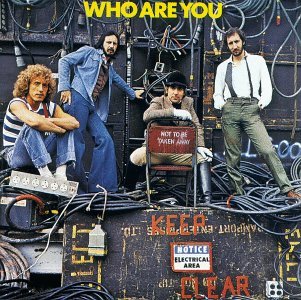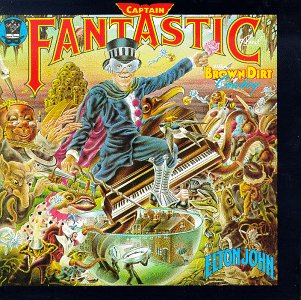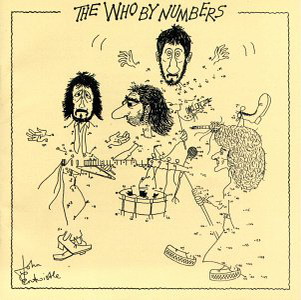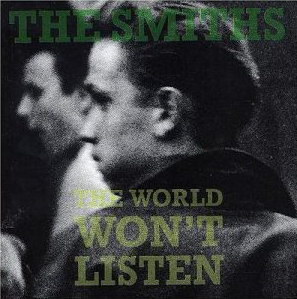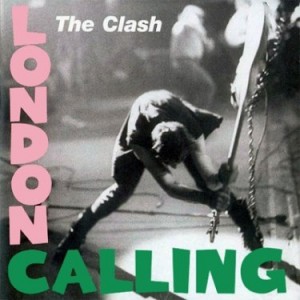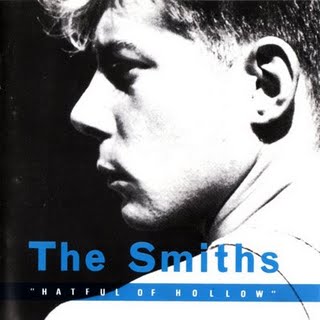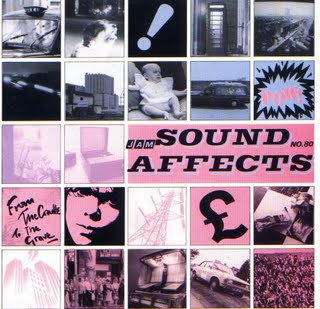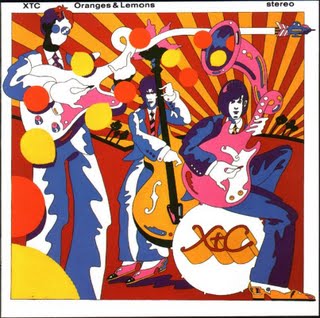
"Oranges & Lemons" Was Released in 1989
This was the first XTC album I set my hands on. I bought it used but in mint condition for a completely ridiculous amount of money, something like the equivalent to USD 2. Talk about bargains. Looking back, I can honestly say that this was the perfect introduction I could have had to these impassioned artistic rockers. The album has my favorite XTC song overall (“The Mayor Of Simpleton”), and that song in particular and the album on the whole made me pick up the craft of writing lyrics. I don’t think there is a better indicator of the transcendence a piece of art can have than that.
The record has 15 songs, and in more than a couple of instances it resembles the Dukes more than fleetingly. That is true not only when it comes to compositions like “Garden Of Earthly Delights” but also to the cover art, a happy 60s pastiche that once again showcase Andy’s visual skills.
Three singles were culled from the album: “The Mayor Of Simpleton”, “King For A Day” and “The Loving”. More importantly (and maybe even more uplifting for us fans), the band hit the road again to promote the album. But it is not that they “toured” in a conventional sense. Rather, they did several live radio shows to promote the album. They even played one with an audience of about 250 people, and everybody remarked how much Andy enjoyed it. Good for him. Those of us who are fond of the band admire him as an artist but dearly care for him as a person, and it must have been a touching moment for everybody who was there that day.
Continue reading



